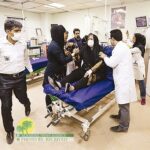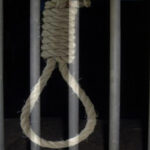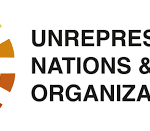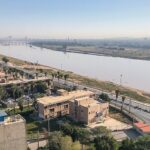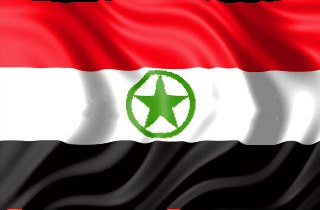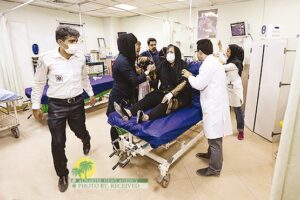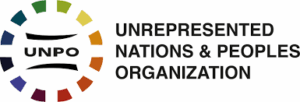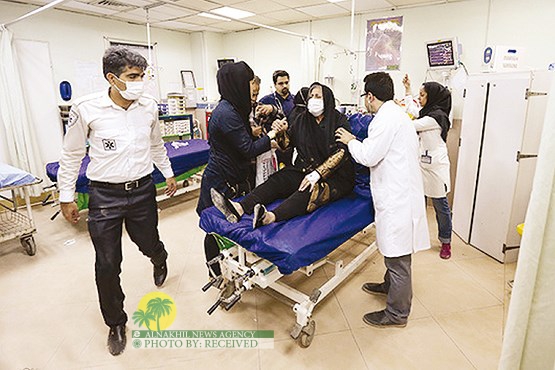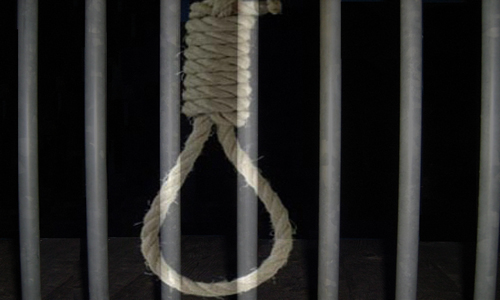Al-Ahwaz: Between Past and Present
Historically known as Al-Ahwaz, the region now referred to as Ahvaz by Persian authorities holds a legacy of profound cultural and economic importance. Following the Persian invasion, the region of Arabistan—called Al-Ahwaz by its native Ahwazi people—was divided in 1936 into the provinces of Khuzestan, Elam, Bushehr, and Hormozgan. As part of a systematic effort to diminish the Arab identity of the area, the Iranian regime initiated a resettlement program, offering incentives to ethnic Persians to relocate to Al-Ahwaz. Despite these efforts, Khuzestan remains the only province where Ahwazi Arabs, descendants of Arab tribes inhabiting the region for centuries, continue to form the majority population.
Nestled in Khuzestan Province, Al-Ahwaz has long been celebrated for its abundant natural resources and vibrant Arab heritage. Yet, decades of environmental mismanagement and systemic neglect have transformed this once-thriving region into a symbol of ecological and cultural decline.
In its golden era, Al-Ahwaz shone as a jewel of southwestern Iran. The majestic Karun River, Iran’s largest waterway, meandered through the city’s heart, fostering lush landscapes and sustaining agriculture and trade. The fertile lands along the riverbanks flourished with palm groves and diverse crops, while bustling markets hummed with life, reflecting a harmonious interplay of natural beauty and economic vitality.
By the 1930s, Al-Ahwaz emerged as a pivotal hub for Iran’s oil industry. The discovery of vast oil reserves in Khuzestan transformed the region into an industrial powerhouse, attracting workers, investments, and businesses. Known as “The City of Bridges,” Al-Ahwaz symbolized progress and connectivity, with its Arab residents contributing resilience, hospitality, and a rich cultural identity to the city’s dynamic character.
Yet, this prosperity was not destined to last. The Iranian regime’s policies systematically targeted the Arab population of Al-Ahwaz, aiming to displace them and diminish their cultural and economic prominence. Environmental exploitation and mismanagement were at the heart of this strategy.
A critical blow came with the manipulation of the Karun River. The construction of numerous dams and the redirection of its waters resulted in severe shortages of water, crippling the city’s lifeline. What was once a thriving river teeming with life became a desiccated expanse. The lush greenery along its banks vanished, palm groves withered, and the fertile soils that sustained agriculture were depleted. This ecological collapse decimated trade and agriculture, striking at the heart of the region’s livelihood.
The environmental devastation extended to the Hor-e-Azim, Iran’s largest border wetland, drying up under these policies. The loss of such critical ecosystems further disrupted wildlife and the livelihoods of local communities, exacerbating the environmental and social crisis.
Faced with these challenges, in mid-July 2021, the people of Al-Ahwaz rose in protest. Water shortages, compounded by oppressive government policies, fueled widespread demonstrations. Slogans such as “I am thirsty” and “With my soul, my blood, sacrifice for Karun” echoed the anguish of a population witnessing the destruction of their homeland.
These protests, however, were met with violent repression, further escalating the conflict. Despite countless arrests, widespread injuries, and a tragic loss of lives, the people of Al-Ahwaz persist in their demands for justice and dignity. They continue to resist courageously in the face of unbearable heat, environmental devastation, and systemic oppression.
In recent years, the environmental catastrophe has extended beyond the land to the skies. Severe air pollution, driven by industrial emissions, oil refineries, and dust storms, has darkened the skies over Al-Ahwaz. Videos of ominous “black clouds” illustrate the alarming toxicity levels in the air.
The polluted atmosphere has triggered a public health crisis, with respiratory diseases such as asthma and bronchitis surging. At the same time, Al-Ahwaz consistently ranks among the most polluted cities in the world. The destruction of natural ecosystems, including wetlands and forests, has diminished the region’s capacity to purify air and regulate its climate, intensifying the crisis.
The plight of Al-Ahwaz serves as a sobering reminder of the devastating consequences of environmental exploitation and systemic neglect. Restoring the city’s natural heritage and addressing the escalating environmental and health crises require urgent and coordinated action. Implementing sustainable policies, fostering community-driven solutions, and garnering international advocacy are crucial to preserving the cultural and ecological legacy of Al-Ahwaz.
Once a beacon of prosperity and natural beauty, Al-Ahwaz now stands as a testament to resilience and determination in the face of adversity. Its story is not merely one of loss but also of an enduring spirit. The people of Al-Ahwaz continue to fight for justice and the restoration of their homeland, embodying hope for a future where their cultural and natural heritage can thrive once again.
Mayasa
15.01.2025
